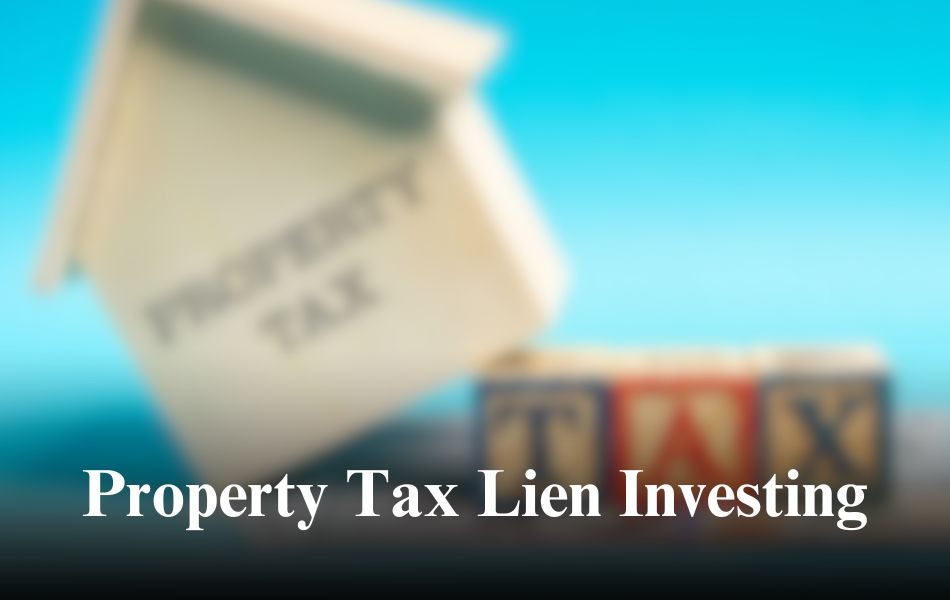Property tax lien investing can be a lucrative venture if you know where to start. This guide will walk you through the essential steps to get started in property tax lien investing, from understanding the basics to making your first investment.
What does it mean by Property Tax Liens?
When property owners fail to pay their property taxes, the government places a lien on the property. This lien acts as a claim against the property for the unpaid taxes. As an investor, you can purchase these tax liens at auction, effectively paying the property owner’s tax debt. In return, you earn interest on your investment, and if the owner fails to repay the debt, you may have the opportunity to acquire the property.
Step 1: Educate Yourself
Before diving into tax lien investing, it’s crucial to educate yourself about the process. Start by researching the following:
How tax liens work: Understand the legal framework and the process of purchasing and holding tax liens.
State-specific regulations: Tax lien laws vary by state. Some states hold tax lien auctions, while others sell tax deeds.
Investment risks and rewards: Familiarize yourself with the potential returns and the risks involved in tax lien investing.
Step 2: Research the Market
Not all tax liens are created equal. Conduct thorough research to identify the best opportunities. Key factors to consider include:
Property value: Ensure the property is worth more than the tax lien amount.
Location: Invest in areas with stable or appreciating property values.
Tax lien auction procedures: Each county or municipality may have different procedures for auctions. Learn the rules and formats of the auctions you plan to participate in.
Step 3: Attend Tax Lien Auctions
Tax lien auctions can be held in person or online. To participate:
Register for the auction: Registration processes vary, so check with the local tax authority.
Set a budget: Determine how much you are willing to invest.
Bid wisely: Start with smaller, less competitive liens to gain experience. Pay attention to the interest rates and redemption periods offered.
Step 4: Conduct Due Diligence
Before finalizing your purchase, perform due diligence on the properties tied to the tax liens. This includes:
Title search: Verify there are no additional liens or encumbrances.
Property inspection: If possible, inspect the property to ensure it is in good condition.
Redemption period: Understand how long the property owner has to repay the debt.
Step 5: Manage Your Investments
Once you’ve purchased tax liens, manage them effectively:
Monitor payments: Keep track of any payments made by the property owner.
Redeem properties: If the owner fails to pay, follow the legal procedures to foreclose and take ownership.
Reinvest earnings: Reinvest the profits from redeemed liens into new tax lien opportunities to grow your portfolio.
Final Thoughts
Starting in property tax lien investing requires a blend of education, research, and strategic planning. You can build a successful and profitable investment portfolio by following these steps and continually educating yourself. Remember, patience and diligence are key to navigating this unique investment landscape.
Tax Lien Code offers expert guidance and resources for tax lien investing, helping investors maximize returns and navigate the complexities of tax lien opportunities with confidence.
Read More Blogs:
Tips to Buy Tax Lien Certificates for the Potential
Analyzing the Legitimacy of the Latest Tax Lien Code in 2024





